Where Is The TCC Solenoid Located on 4L60E: A Guide to Finding It Easily
Introduction:
If you are experiencing issues with your 4L60E transmission and suspect a faulty TCC (Torque Converter Clutch) solenoid, locating it is the first step towards diagnosing and resolving the problem. In this blog post, we will focus on the specific topic of where the TCC solenoid is located in the 4L60E transmission. By understanding its location, you can effectively troubleshoot and address any related issues. Join us as we provide valuable insights into the 4L60E TCC solenoid's position, empowering you to tackle transmission problems with confidence.
Role of the TCC Solenoid in the 4L60E Transmission
Before we delve into the details of locating the TCC solenoid, let's first understand the significant role it plays in the 4L60E transmission.
The Torque Converter Clutch (TCC) solenoid is a vital component of the 4L60E transmission, responsible for controlling the engagement of the torque converter clutch. This engagement allows for better fuel efficiency, reduced heat generation, and improved overall performance. When the TCC solenoid malfunctions, it can lead to a range of issues, including erratic shifting, overheating, and reduced fuel efficiency. Therefore, identifying and addressing TCC solenoid issues promptly is essential for the smooth operation of your vehicle.
Locating the TCC Solenoid on the 4L60E Transmission:
The TCC solenoid in the 4L60E transmission is typically located within the transmission valve body. And The valve body is typically located on the underside of the transmission, accessible after removing the transmission pan. To access it, follow these general 3 steps:
Initial Preparations
Before you begin the process of locating and servicing the TCC solenoid, it is crucial to make the necessary preparations to ensure a safe and effective procedure. Follow these essential steps:
- Park your vehicle on a level surface and engage the parking brake for safety.
- Carefully lift the vehicle using appropriate jack stands, ensuring it is securely supported, which will provide you access to the transmission pan.
Accessing the Transmission Pan
The TCC solenoid is housed within the transmission valve body, typically situated underneath the transmission. To access it, follow these critical steps:
- Identify the transmission pan, which is typically a rectangular-shaped metal component securely attached to the underside of the transmission.
- Proceed to carefully remove the bolts securing the transmission pan, allowing any transmission fluid to drain into a suitable container. Take extra care as the fluid can be hot, and its disposal must be handled properly according to environmental regulations.
Locating the TCC Solenoid
With the transmission pan successfully removed, you will have a clear view of the transmission valve body. The TCC solenoid is one of several solenoids mounted on the valve body and can be identified by its electrical connector and positioning.
- The TCC solenoid is typically situated towards the center of the valve body.
- It will have an electrical connector, setting it apart from the other solenoids.
- In some cases, the TCC solenoid may have a specific label indicating its function.
While these general guidelines can help you identify the TCC solenoid, it's important to remember that variations may occur depending on the make, model, and year of your vehicle. For precise identification and confirmation of the exact location of the TCC solenoid, consult your vehicle's service manual or seek professional assistance.
Additional Considerations and Maintenance
TCC Solenoid Inspection
Once you've located the TCC solenoid, it's a good practice to inspect it thoroughly for any visible signs of damage or wear. Look for:
- Corrosion or rust on the solenoid body.
- Loose or damaged electrical connectors.
- Any oil or debris that may have accumulated around the solenoid.
If you notice any of these issues, it may be necessary to replace the TCC solenoid to ensure the optimal performance of your transmission.
TCC Solenoid Replacement
If the TCC solenoid is indeed faulty, it's crucial to replace it with a new one. Here are 7 steps to replace the TCC solenoid:
- Disconnect the electrical connector from the solenoid.
- Carefully remove the bolts securing the TCC solenoid to the valve body.
- Replace the old solenoid with a new one and secure it in place with the bolts.
- Reconnect the electrical connector.
- Reassemble the transmission pan, ensuring it's properly sealed to prevent fluid leaks.
- Refill the transmission with the appropriate amount and type of fluid, following the manufacturer's recommendations.
- Test your vehicle to ensure proper operation and smooth shifting.
If you want to address shift solenoid problems, consider checking out the Daysyore (A professional multi-category auto parts supplier ) 4L60E Shift Solenoid Kit for a reliable solution.
Fluid and Filter Replacement
While you have the transmission pan removed, it's an opportune time to replace the transmission fluid and filter if they haven't been serviced recently. Fresh transmission fluid and a clean filter are essential for the long-term health of your transmission.
Remember, the exact location and appearance of the TCC solenoid may vary slightly depending on the year, make, and model of your vehicle. Therefore, consulting the appropriate documentation or seeking professional assistance is always recommended for accurate identification.
Conclusion:
By knowing where the TCC solenoid is located on the 4L60E transmission, you can confidently diagnose and address any related issues. Remember to exercise caution when working around the transmission and consult your vehicle's service manual or seek professional guidance for precise identification and repair procedures. Understanding the TCC solenoid's location empowers you to take the necessary steps towards maintaining the optimal performance of your 4L60E transmission.
If you want to know more symptoms of a bad shift solenoid on a 4L60E transmission, please read this article.
Share Your Experiences and Questions
We would love to hear about your experiences with TCC solenoid issues in your 4L60E transmission or any questions you may have regarding this topic. Whether you've successfully located and replaced the TCC solenoid, encountered unique challenges, or simply want to share your insights, please feel free to leave your comments below. We're here to assist and encourage discussions that can benefit the entire community of vehicle enthusiasts. Your experiences and questions are valuable, and we're eager to help in any way we can.
Finally, there is an engaging video that will further enhance your understanding of the TCC (Torque Converter Clutch) solenoid in the 4L60E transmission and its maintenance. This video provides visual guidance and expert demonstrations to deepen your comprehension of the TCC solenoid's functionality. Please watch the video below to gain more insights into the TCC solenoid and its maintenance tips.


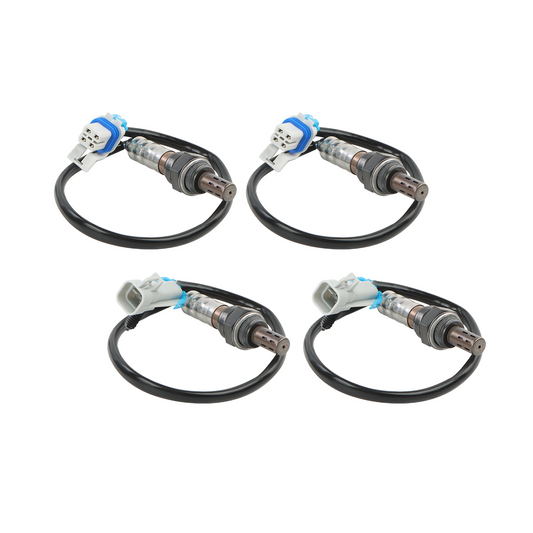

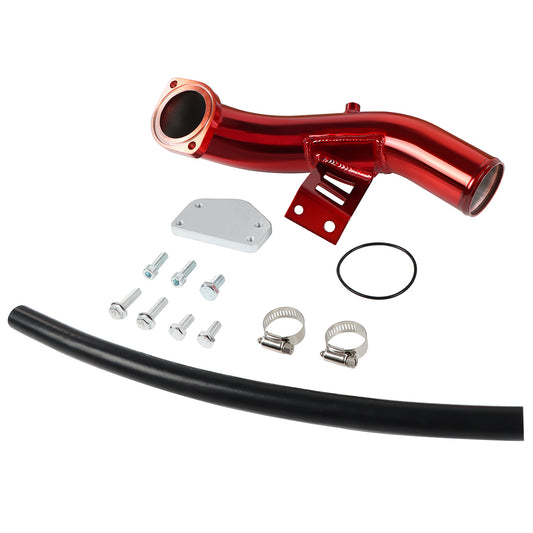


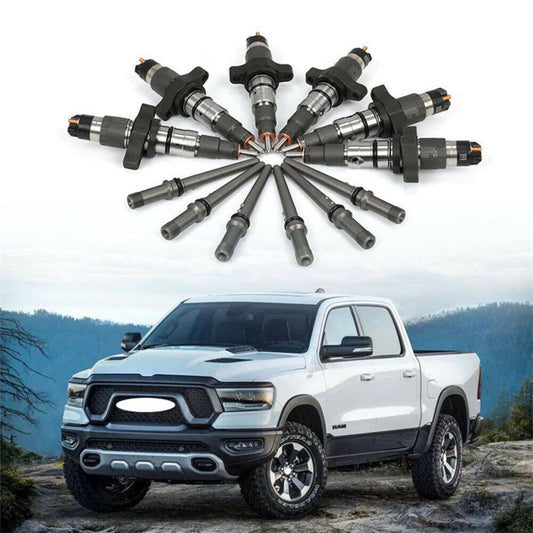
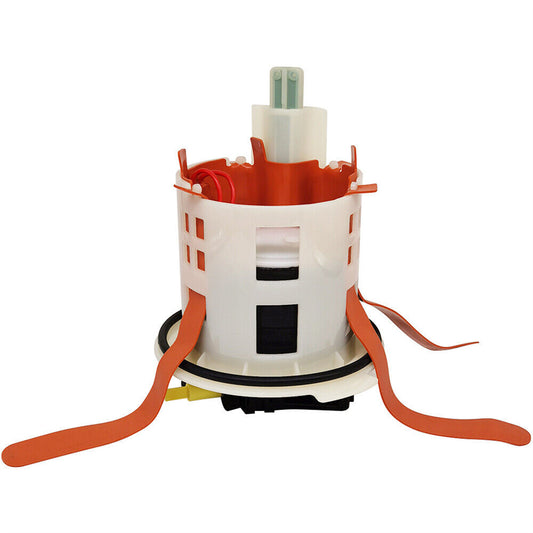
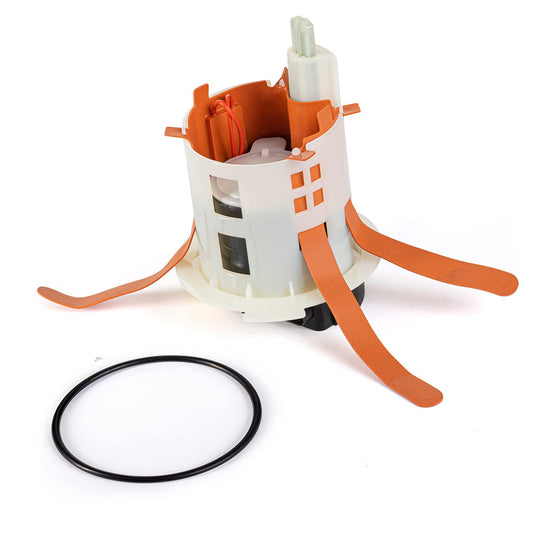
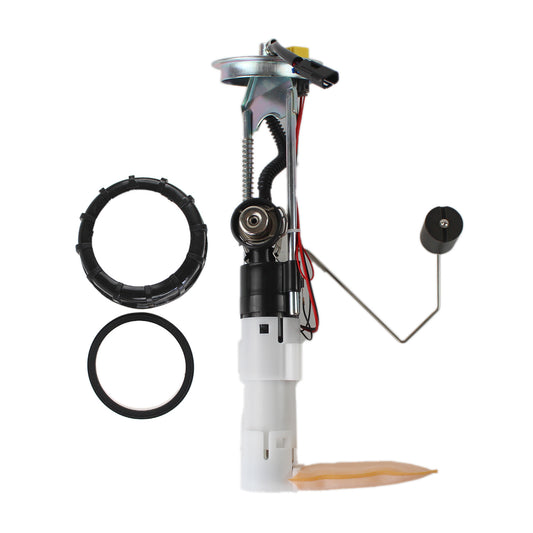
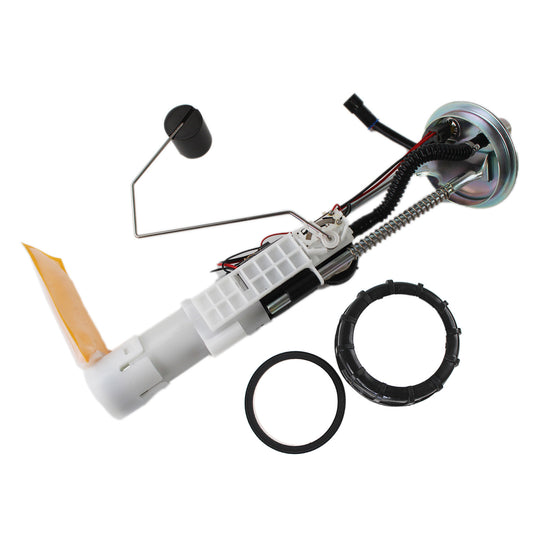
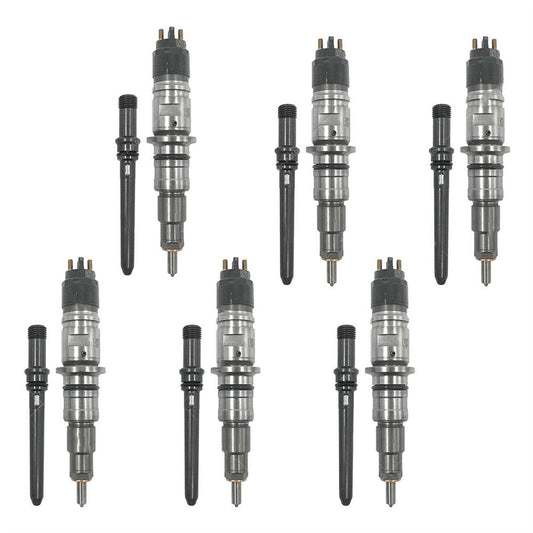
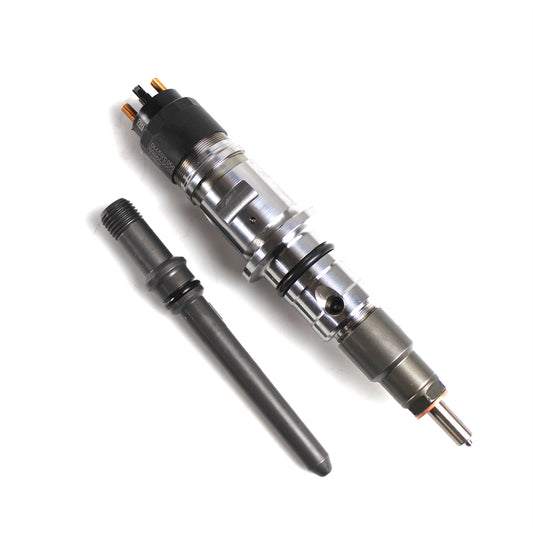
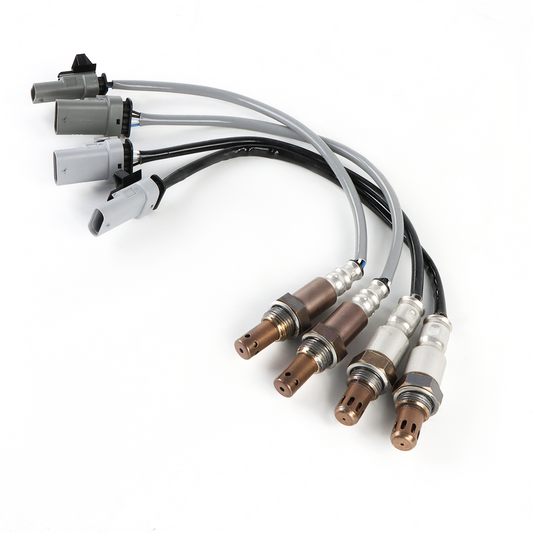
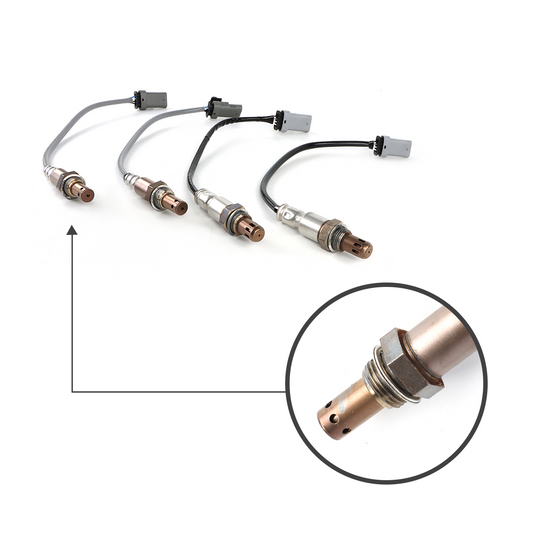
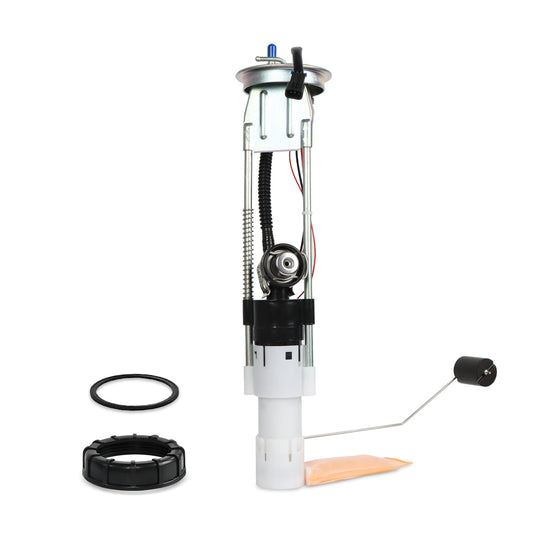
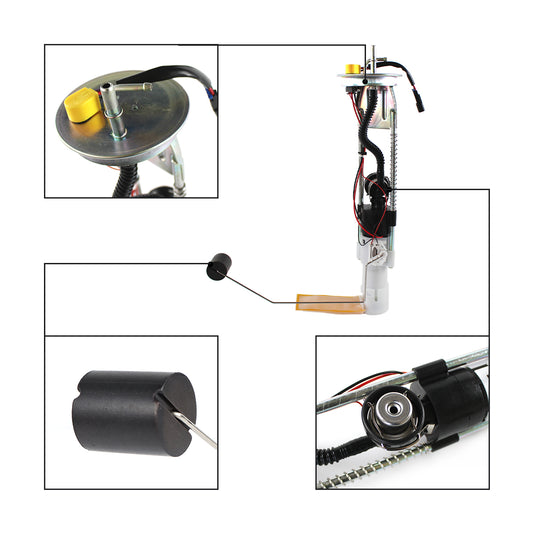


1 comment